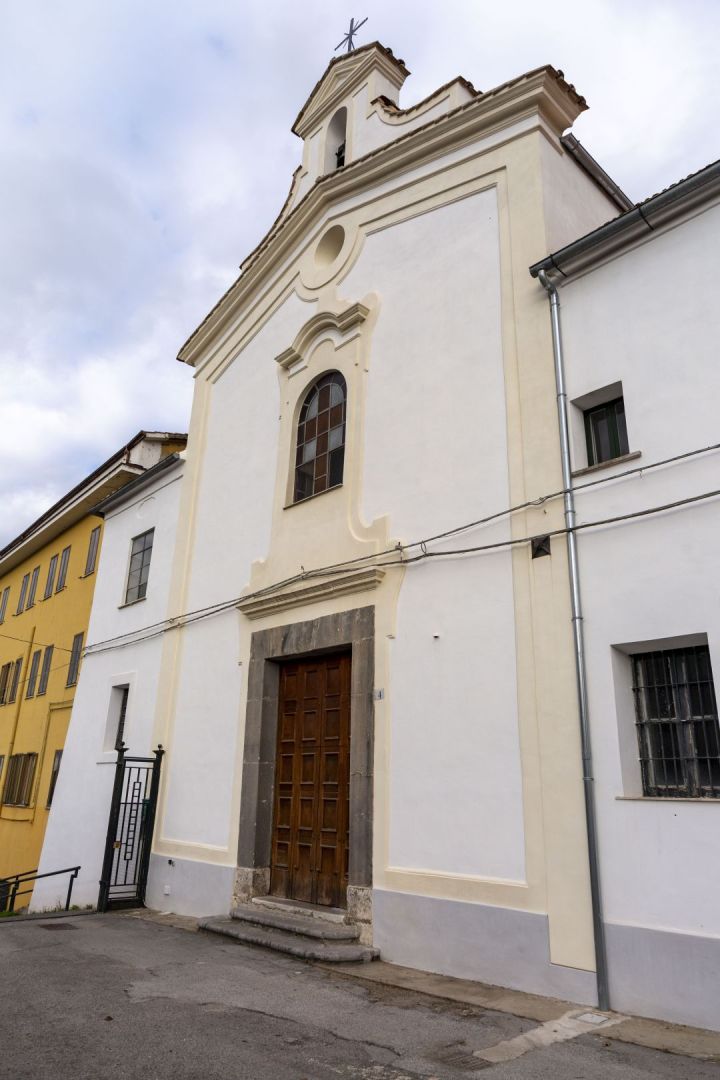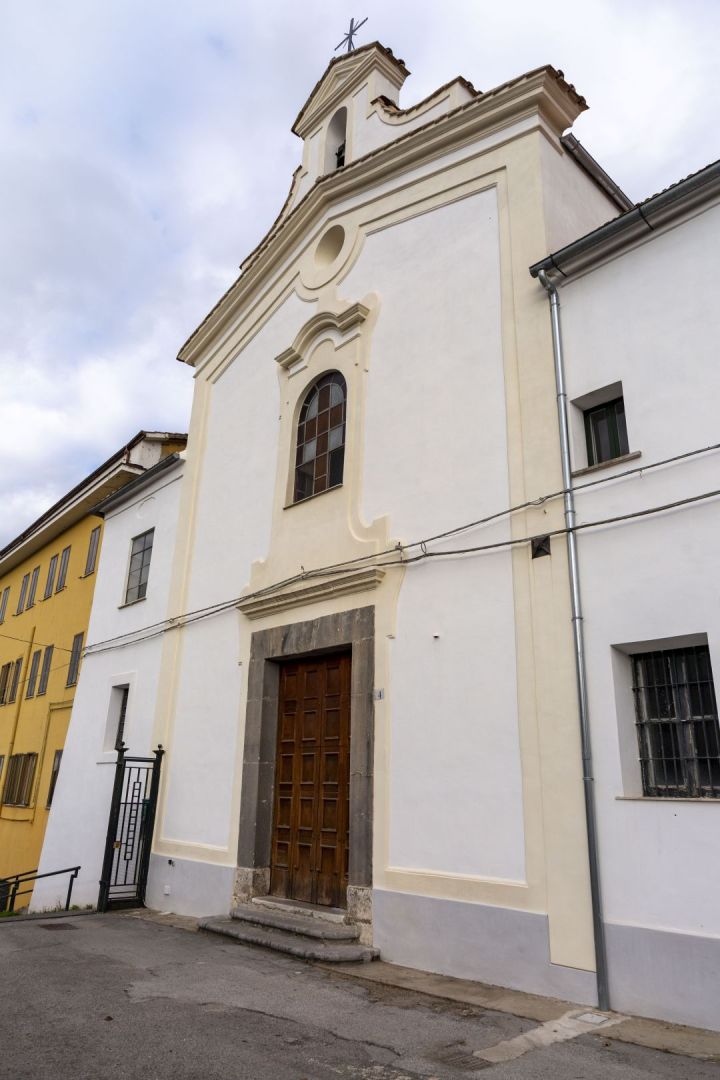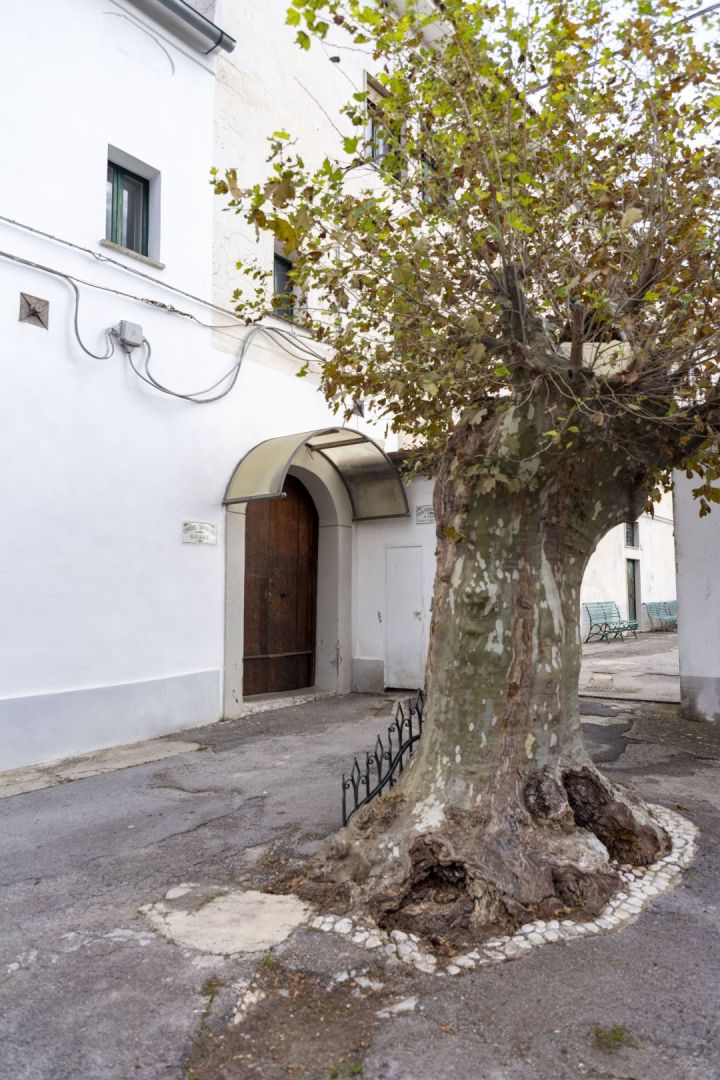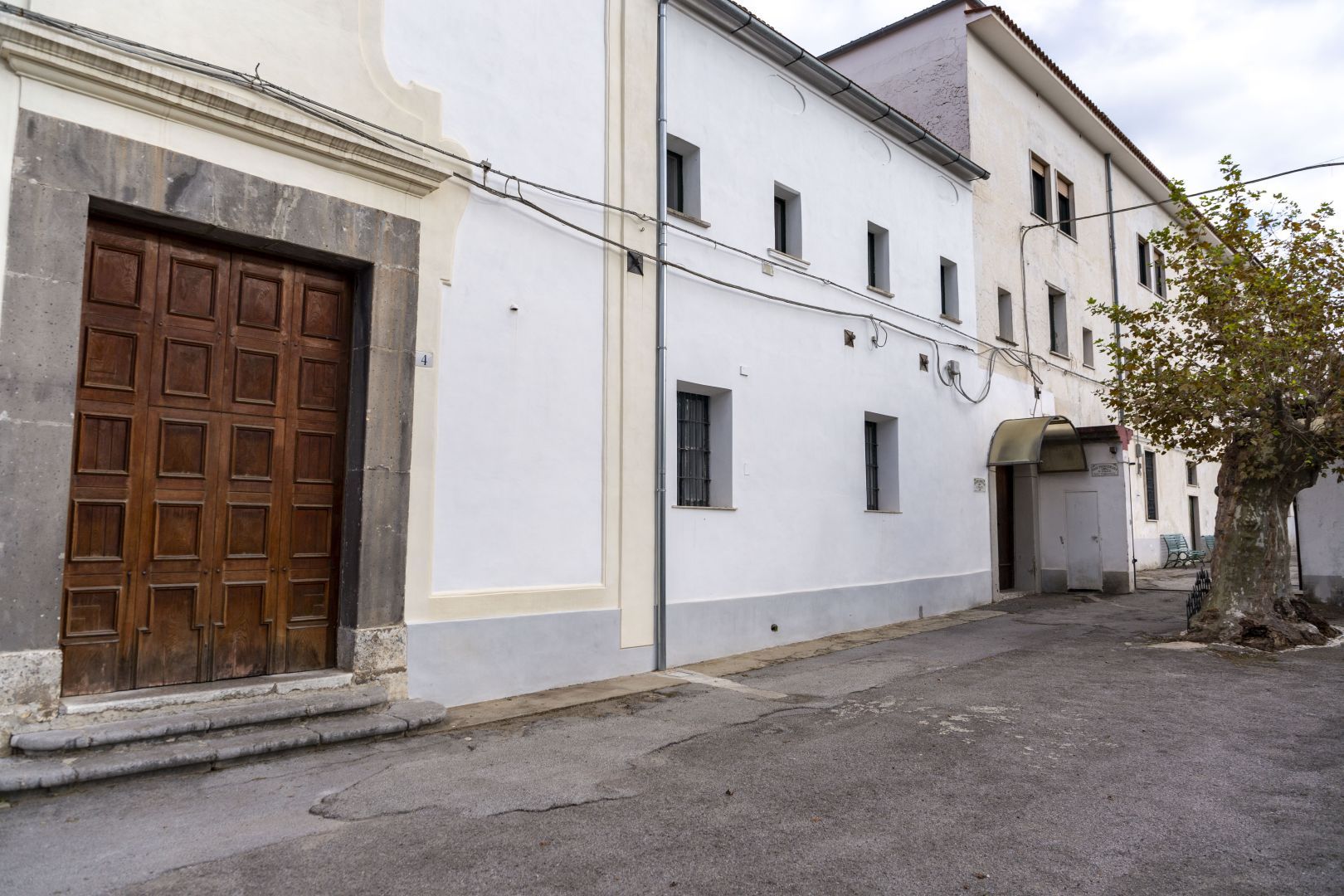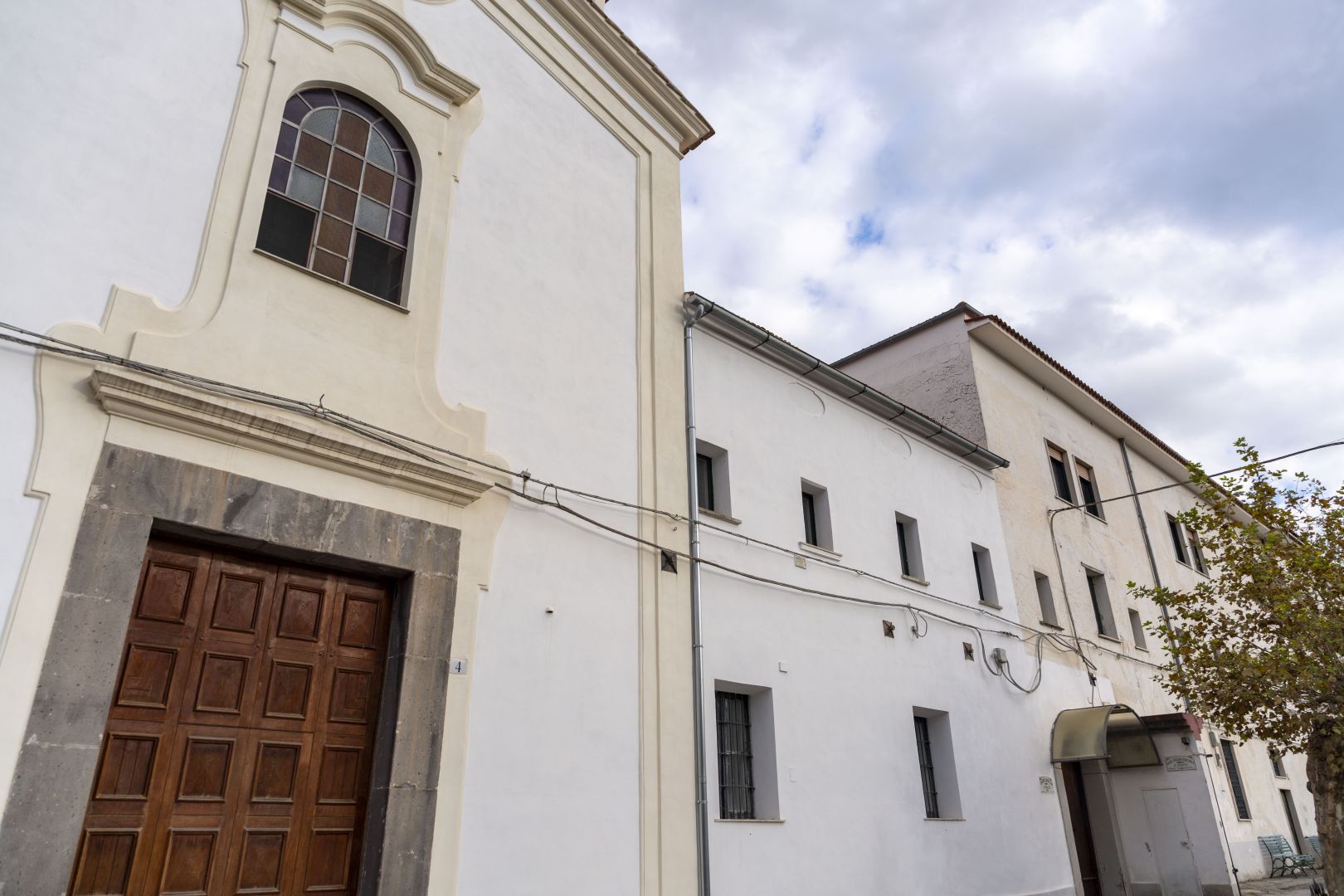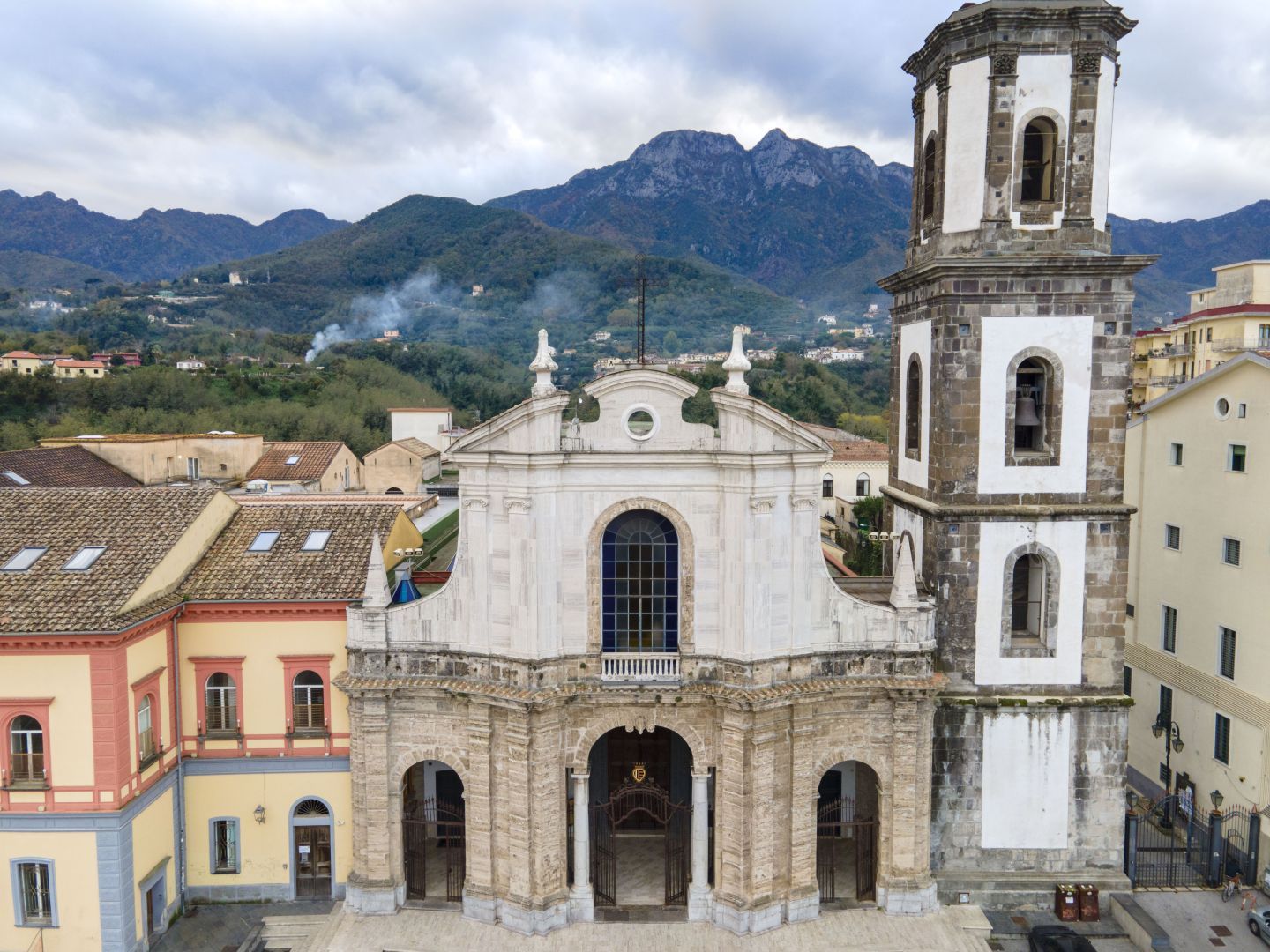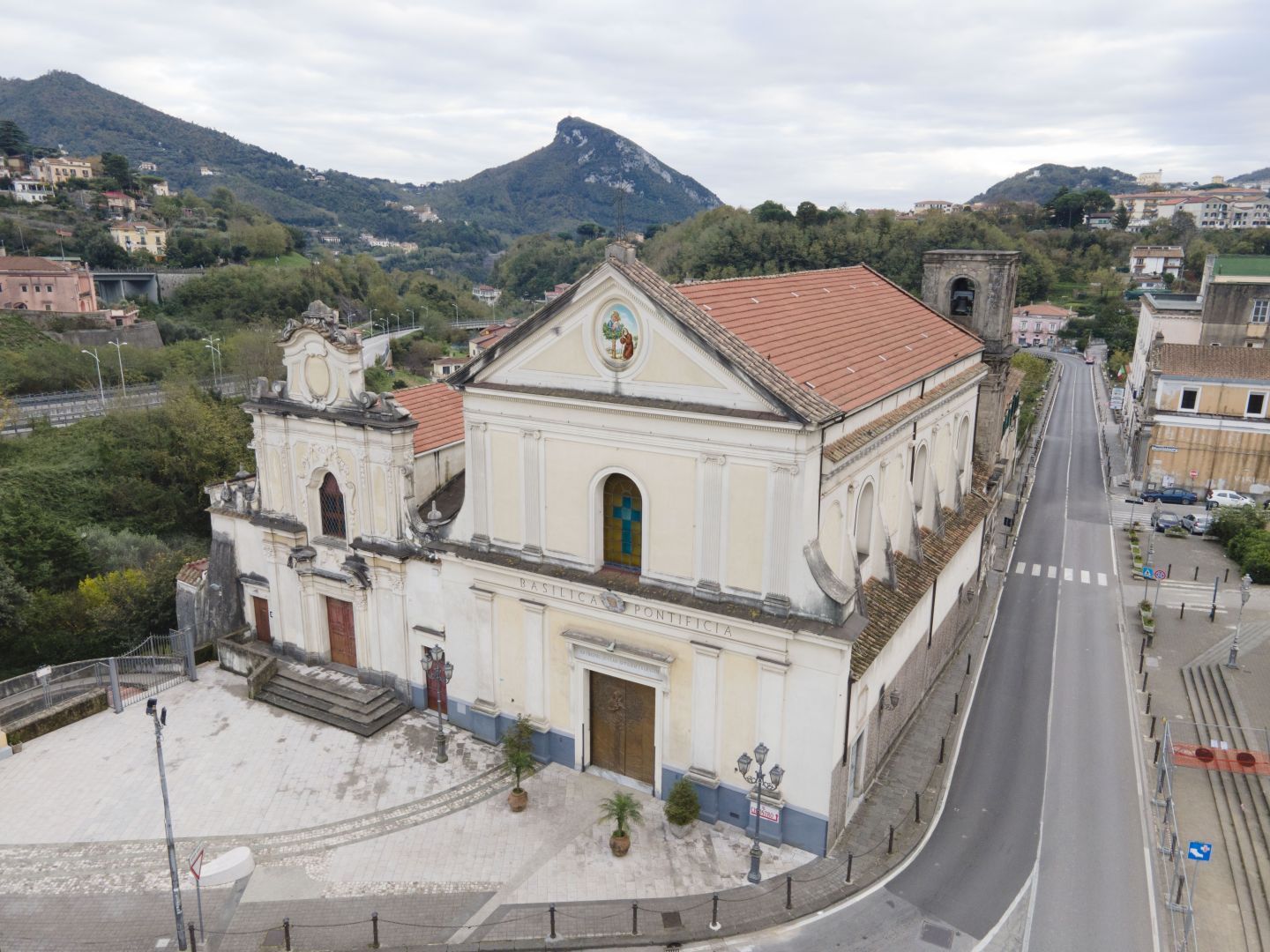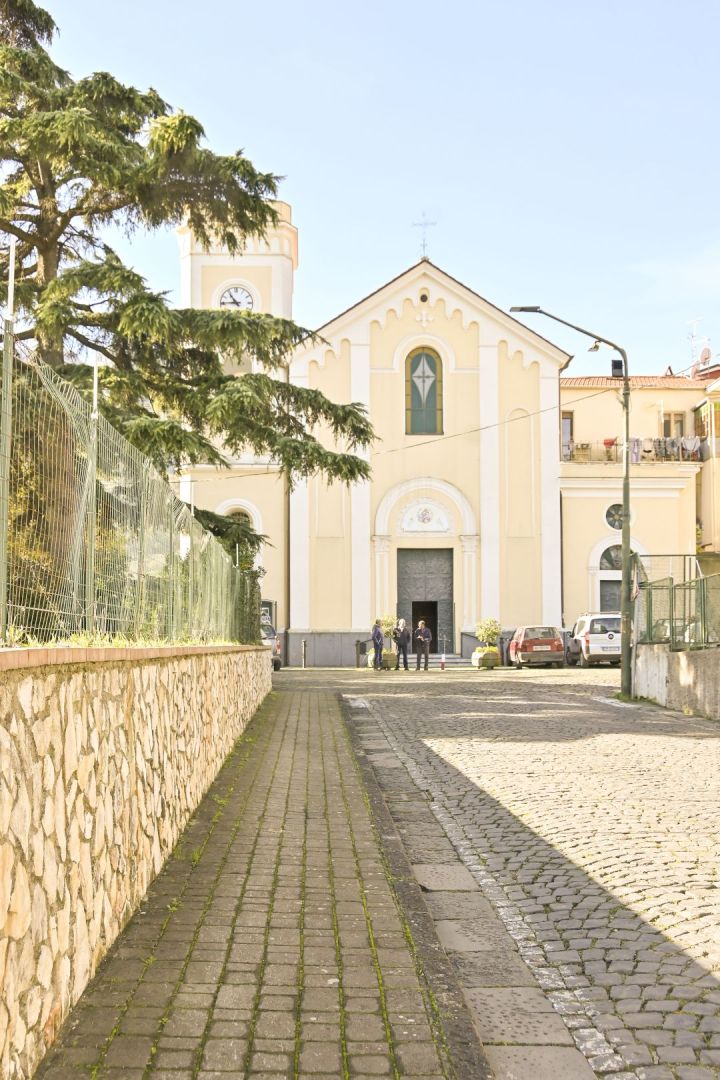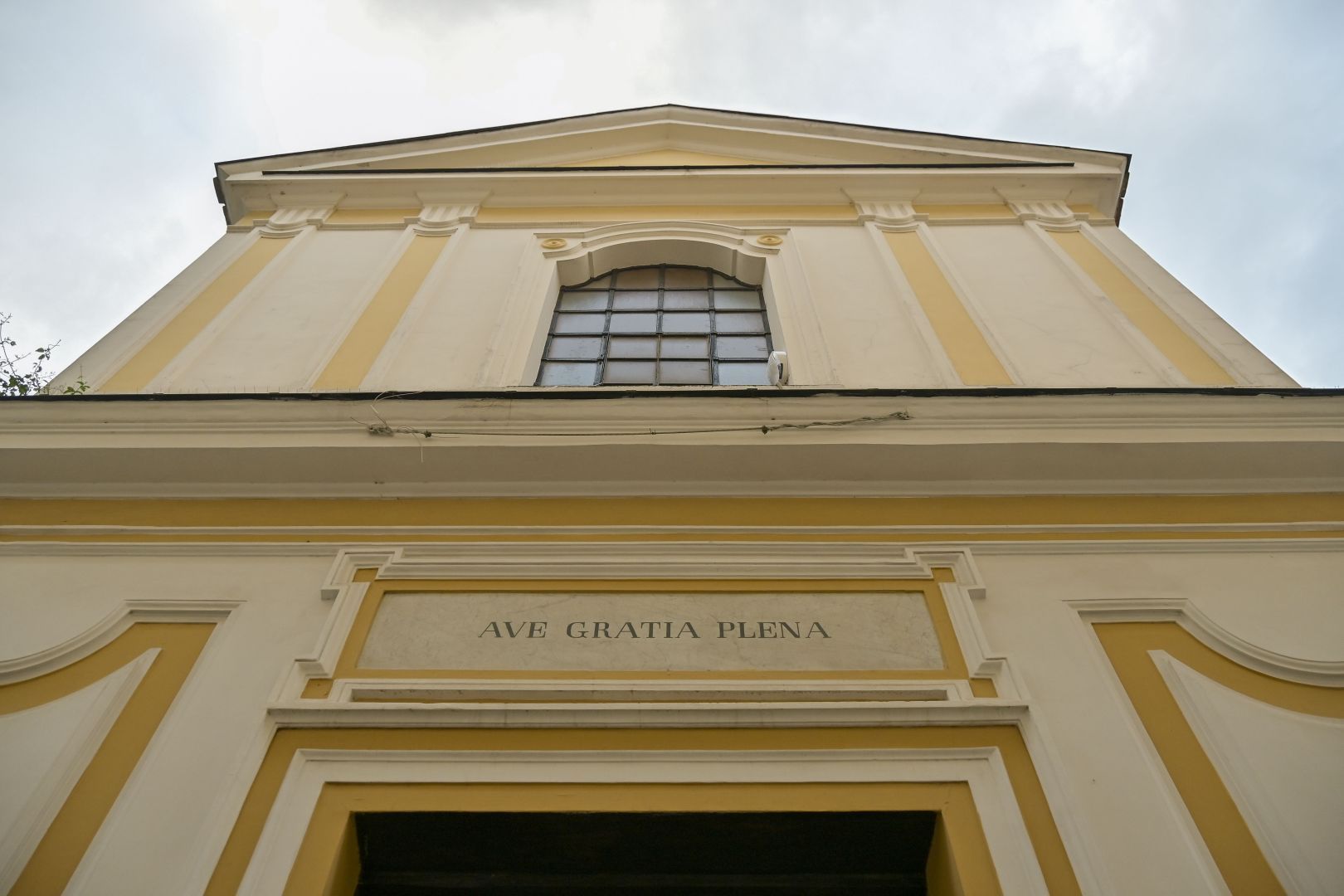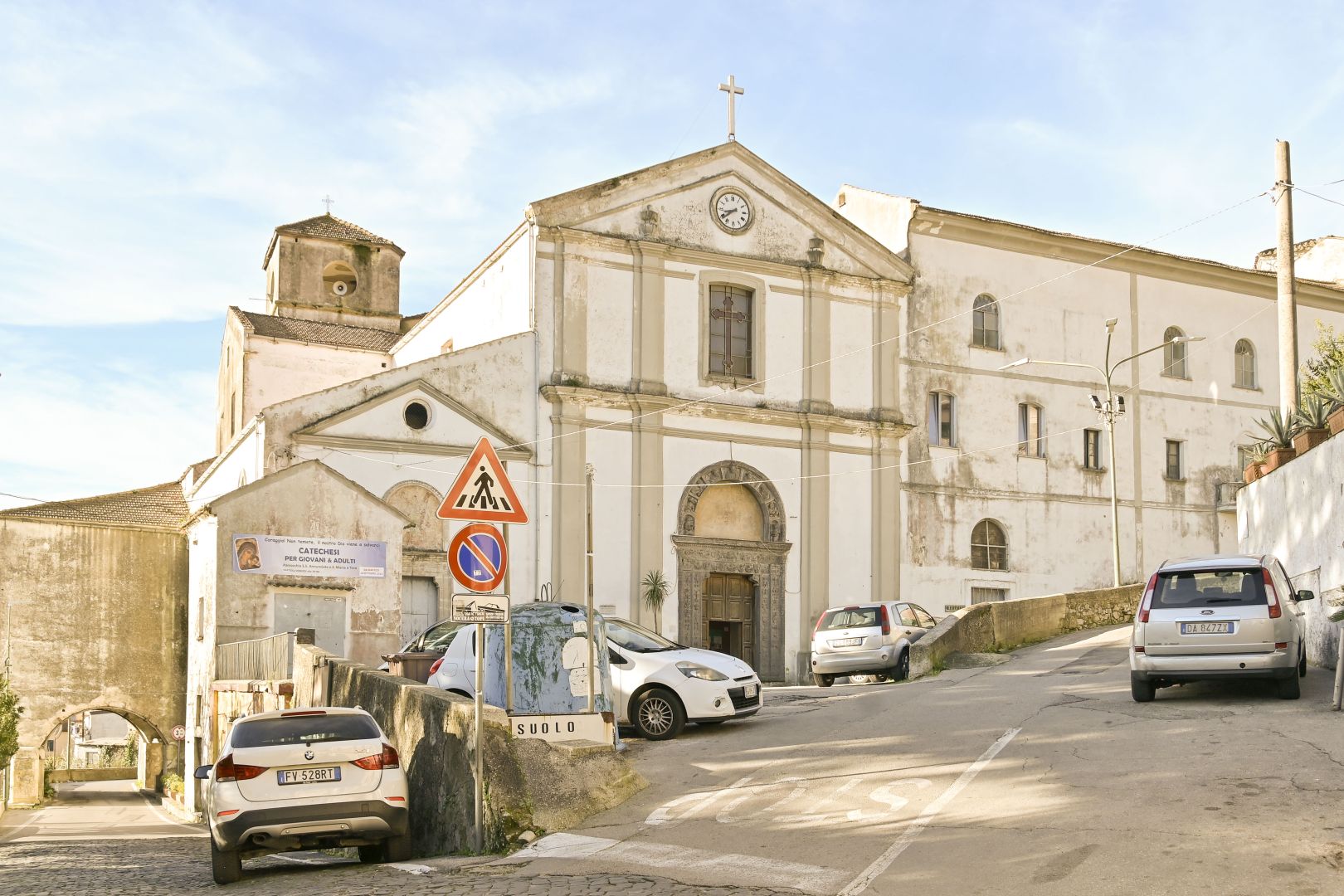Utilizziamo i cookies per offrirti la migliore esperienza sul nostro sito. Continuando a navigare, accetti l'utilizzo dei cookies.
“San Felice” Capuchin Friars Convent
- Edifici Religiosi
- San Lorenzo, Pregiato, Cava de' Tirreni, Salerno, Campania, 84013, Italia
The convent of Santa Maria degli Angeli, or of the Capuchins, has roots in the second half of the 16th century, with the blessing of the first cornerstone. Funded mainly by the University, with a contribution from a classroom, it created two distinct elements: the cloister and the courtyard. Subsequently, the library was built, followed by a road to access the convent. The history and architecture of Santa Maria degli Angeli are a mix of university generosity and spiritual growth over the centuries, even if since 2020 it has seen abandonment by the Capuchin Friars.
Description
The origin of the convent of Santa Maria degli Angeli, or of the Capuchins, dates back to the second half of the 16th century, precisely between 1569 and 1575, when the first cornerstone blessed in the foundations was placed. The year 1566 marked the first public function for this important place of worship. The construction was mainly financed by the University, with a contribution also from a classroom, giving rise to two distinct elements: the cloister on one side and the courtyard on the other. In 1582, the library was built at the end of the rear wing, while in 1594 a road was built to access the convent, replacing a previous path through the fields.
The refectory, characterized by a rectangular hall plan, has a barrel vault with four nails on corbels. The vertical masonry structures are covered in ocher plaster, with a marmitone floor dating back to 1920. The frescoes in hemicycles (semi-circular space) depict a group of friars adoring the Virgin and the meeting between the contemporaries San Filippo Neri and San Felice. Along the perimeter, seven tables and benches complete the furnishings of the refectory. The University further contributed to the structure in 1582 with the construction of a majestic staircase.
After the farewell of the three minor friars, however, attention now shifts to the future of the San Felice Capuchin Convent. The hypothesis is to entrust the management of the religious complex to a voluntary association that can take care of the environments, gardens and rooms of the convent which on more than one occasion have been the scene of activities and demonstrations of solidarity and welcome.
Reviews
Login to write a reviewThere are no reviews yet
